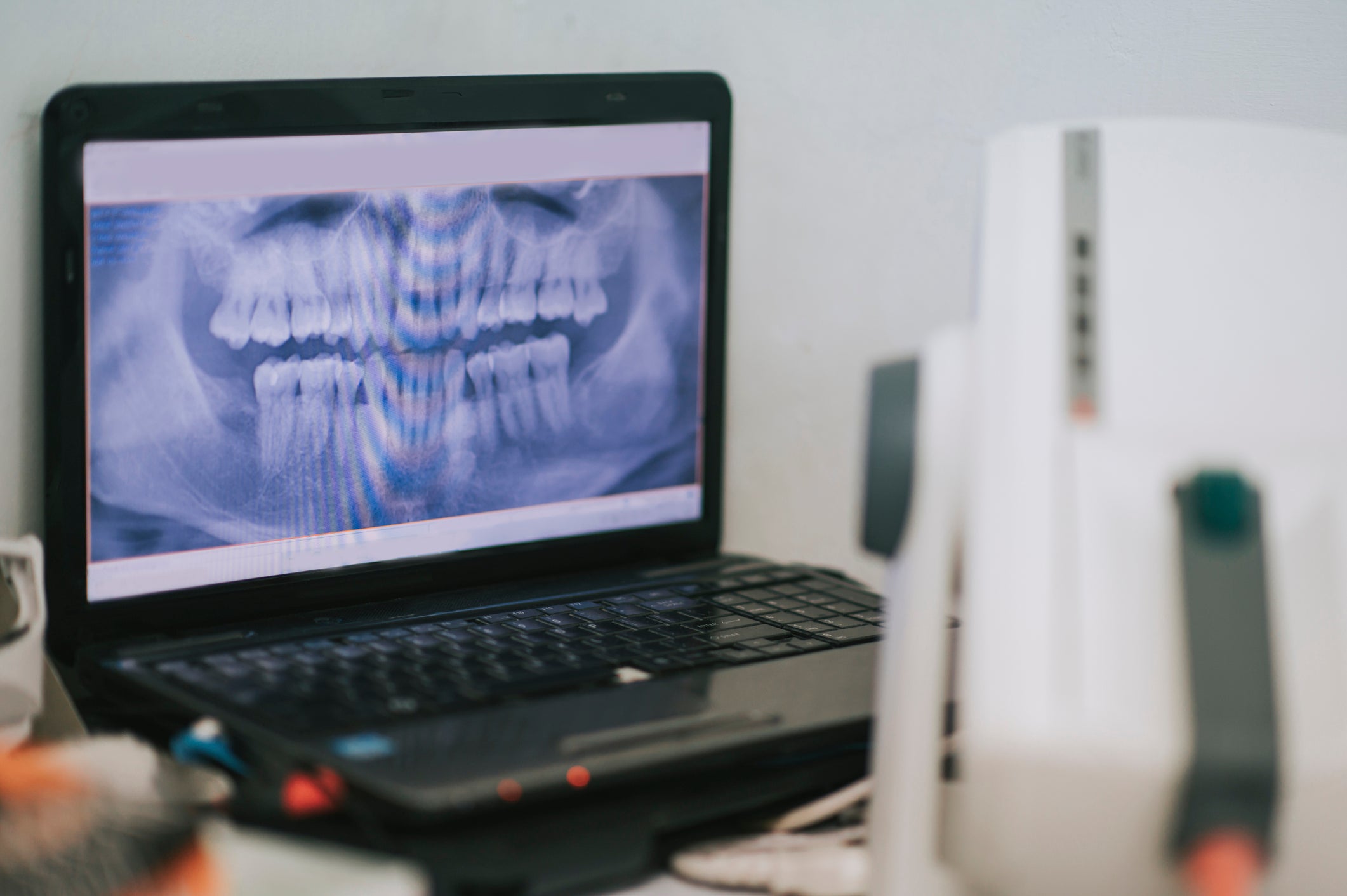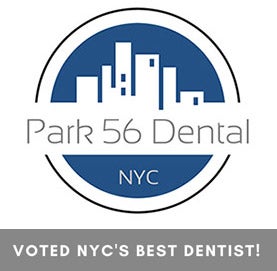Are Dental X-Rays Safe?

When you visit the dentist for a routine appointment, you may have dental X-rays taken. This is typically done once a year to track your oral health. As a concerned patient, you may be wondering—are dental X-rays safe for you and your family? Why are they even necessary? Find the answers to your questions here.
The Importance of Dental X-Rays
While a visual inspection of your mouth is an important part of any oral exam, your dentist can’t see what’s going on beneath the surface. The purpose of an X-ray is to inspect the jaw bone, tooth roots, and internal layers of your teeth. Your dentist may recommend X-rays for several reasons:
- Diagnose oral health problems, from cavities and gum disease to abscesses and bone infections, before the condition gets any worse.
- Monitor recovery following a maxillofacial
- Determine if certain treatments are necessary, including wisdom tooth extraction and orthodontics.
Types of Dental X-Rays
Dental X-rays come in many forms. The type you receive depends on the reason your dentist wants to X-ray your mouth. Here are the most common dental X-rays in use today:
- Bitewing X-rays allow the dentist to check for cavities and assess the filling in the crowns of your teeth.
- Periapical X-rays display teeth from the crown to the root so the dentist can check for cavities, root problems, and issues in the surrounding jaw bone.
- Panoramic X-rays track a child’s tooth development to determine if braces are necessary.
- Occlusal X-rays show the roof or floor of the mouth and are used to find yet-to-erupt teeth.
- Extraoral X-rays capture images of a child’s skull to monitor overall jaw development.
- Cone beam computed tomography (CBCT) offers a 3D view of the mouth to help the dentist assess tooth spacing and development.
What about Radiation Exposure?
X-rays emit a small amount of radiation, which is why some patients worry about their safety. However, consider that the average American receives a radiation dose of about 620 millirem every year. The American Dental Association reports that intraoral X-rays expose patients to 0.5 millirem of radiation, while panoramic dental X-rays produce a 1.0 millirem dose of radiation.
Digital dental X-rays generate even less radiation. Many dentists use digital technology to take X-rays these days—not only for their increased safety but because they provide clearer images in a shorter amount of time. Even with negligible radiation levels from digital X-rays, the ADA still recommends that patients wear a lead apron over their abdomen and neck for added protection.
All things considered, the benefits of dental X-rays far outweigh the risks. Park 56 Dental is pleased to offer advanced digital X-rays to our patients. As part of our focus to make the dental experience as safe and comfortable as possible, we are happy to answer any questions you have. Give us a call at (212) 826-2322 or contact us online to learn more or schedule an appointment at our NYC dentist office.
RECENT POSTS
categories
- Uncategorized
- Cosmetic Dentistry
- Veneers
- Healthier Teeth
- Teeth Whitening
- Dental Health
- Video
- Dental Emergencies
- Invisalign
- Dental Implants
- Root Canal
- Sedation Dentistry
- Infographic
- Dental Crowns and Bridges
- Dental Anxiety
- Gum Disease
- COVID-19
- Bad Breath
- New York Dentist
- Cut out sugar
- General Dentistry
- Oral Health
- Oral Cancer
- Dry Mouth
- Gum Health
- Toothache
- Dental Sealants
- Cavities
